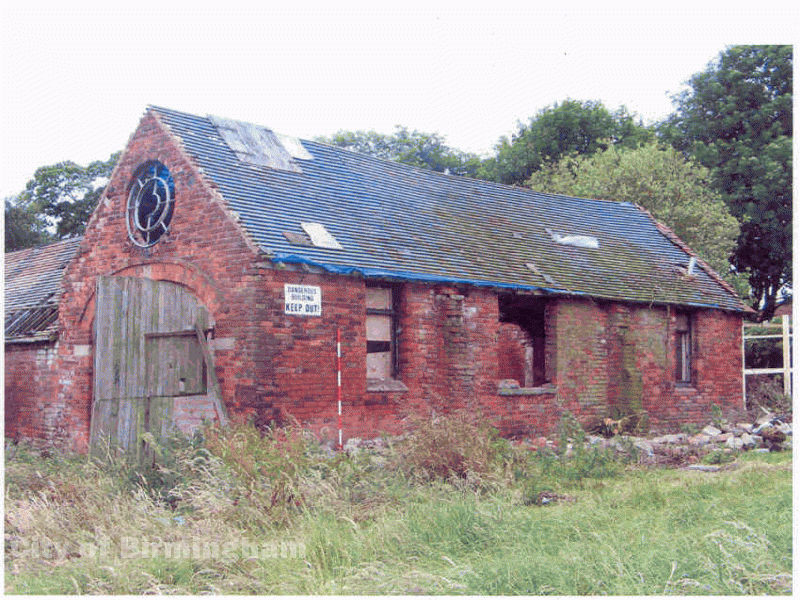Back in 2005 planning permission was given for the demolition of Barn Farm in Lindridge Road - the annexe to St. Giles Hospice which was built on the site opened in 2007. Barn Farm was a Grade II listed building, so special permission was required before it could be demolished. The feature of Barn Farm which caused English Heritage to list it was the outbuilding which had served the local population as a church. The Church of England, faced with the growth of the urban population in the 1870s, sought to establish mission rooms to serve as chapels of ease in populous districts, rather than create new parishes. The Rector of Holy Trinity needed a mission room in the Whitehouse Common area, and the Warden and Society, owners of Barn Farm, gave permission for the property to be used. In 1879 a barn at the farm was extended and converted into a Mission Room for use as a chapel-of-ease for the parish church of Holy Trinity. The interior was refurbished and a circular window (no longer required at the parent church) was inserted. Regular services were celebrated there for 24 years until 1903, when the congregation moved to an iron church in Whitehouse Common Road. By 2005 the farm was derelict, and the only feature to indicate its former use was the circular window which had been brought from the Parish Church in Sutton.
The first building on the site was probably a squatter’s hut, since the farm and the small field next to it were located on former common land. The farmer in 1824, Edward Sylvester, paid a small rent to the Warden and Society for the farm, but his tenure was insecure because nobody could legally own any part of the commons. The farmhouse and its home field measured less than two acres, and was entirely surrounded by common land, so Sylvester had to cross the common to reach the twenty-one acres he rented from Mrs. Lynch (this was on the other side of Lindridge Road, now a residential area known as the Defence Estates). Edward was one of a long line of Sylvesters who lived there, and so that part of the common between Lindridge Road and Withy Hill Road was known as Sylvester’s Field. All this changed after 1825, when Sutton’s common lands were privatised by Act of Parliament, and the Warden and Society became the legal landlords of the farm. In 1836 the old tumbledown buildings were demolished, the corporation built a new farm, and Edward Sylvester’s rent was increased. Sylvester rented an extra seventeen acres of land, but this was not enough to make farming very profitable, so Barn Farm never flourished.
Barn Farm Arch. Survey 2005 29.viii.08
